I could sit in this tub forever, I decide. It’s a deep ceramic basin perched on a dark wooden deck overlooking a gradient of green. There’s no horizon, just miles of Caribbean jungle that fade into the outline of steel-blue hills—mounds that kiss the sky at some point, somewhere.
The ridge suites at Copal Tree Lodge are true to name. Up a winding stone path are four king-sized rooms that feel carved into the southern heart of Belize. It’s the kind of place where it’s hard to tell what is man-made and what is flora; your eyes will have already taken in so much during the shuttle flight from Belize City and the fifteen-minute drive through Punta Gorda to get there. It’s chartreuse, seafoam, olive, and emerald—shades that blur by until the main building of the lodge appears in front of you, rising up from the turquoise water as something solid amidst the sugarcane.
I let my feet soak a little longer in the outdoor tub. The view. The ambiance. The chorus of howler monkeys. It’s all just too good to waste—a theme I’ll find repeated during my next four days.
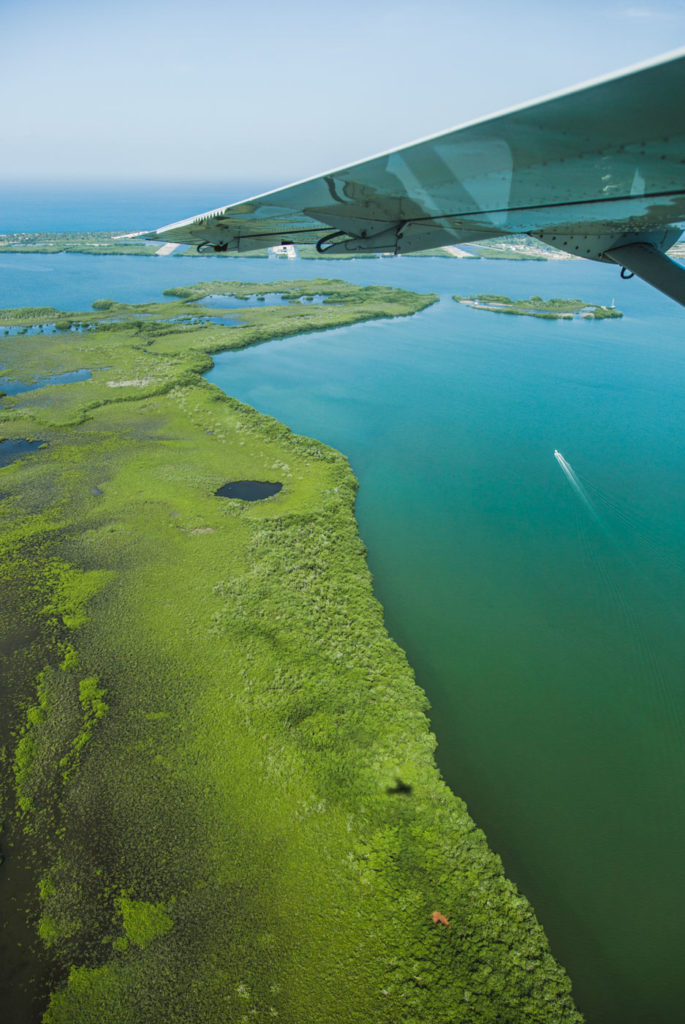
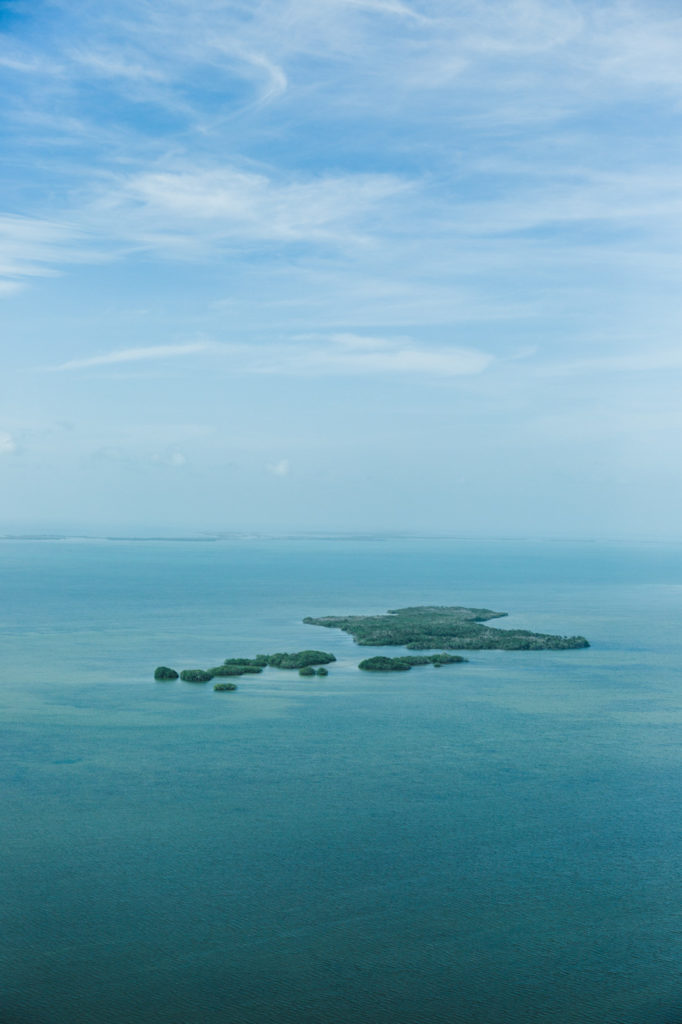
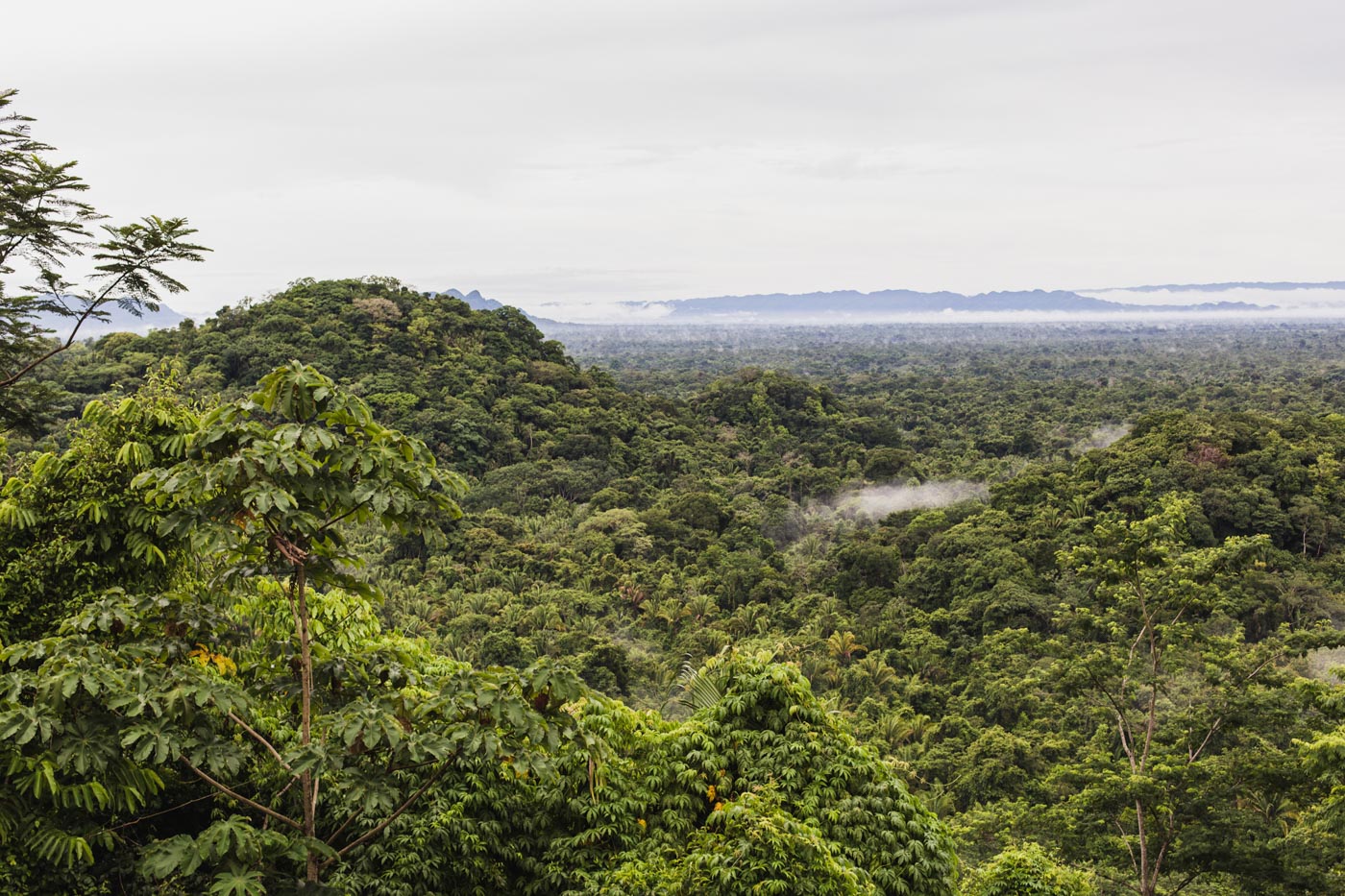
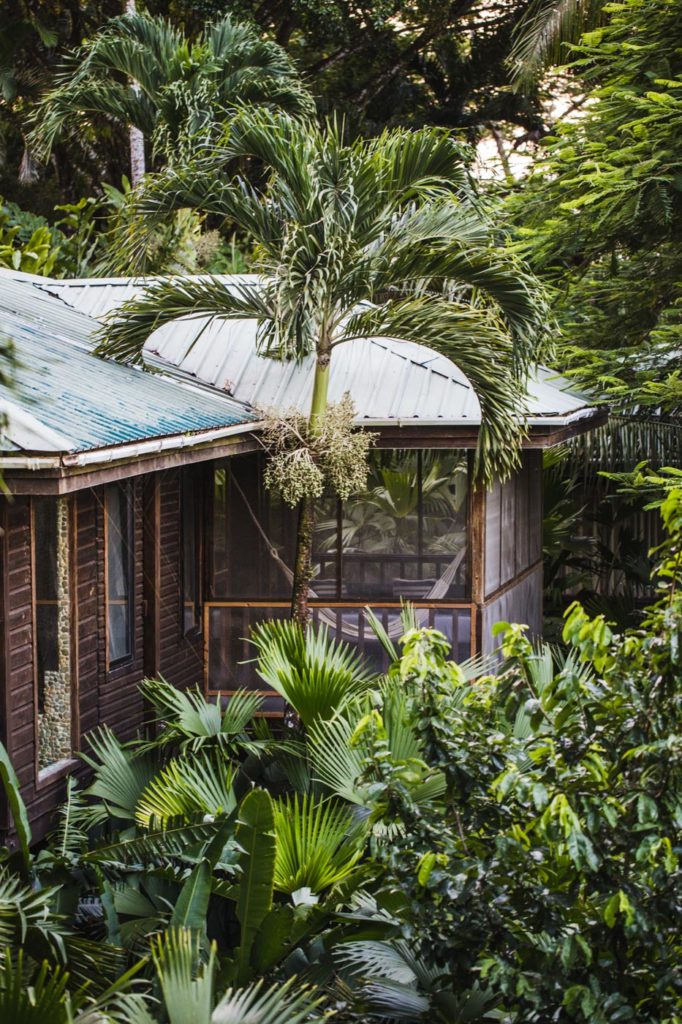

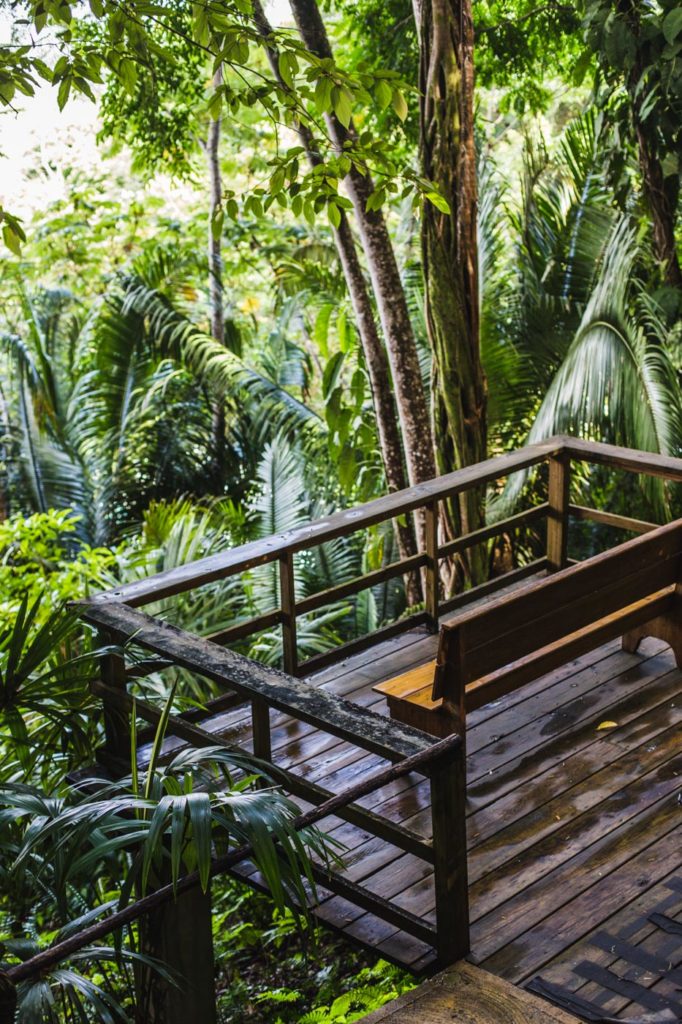
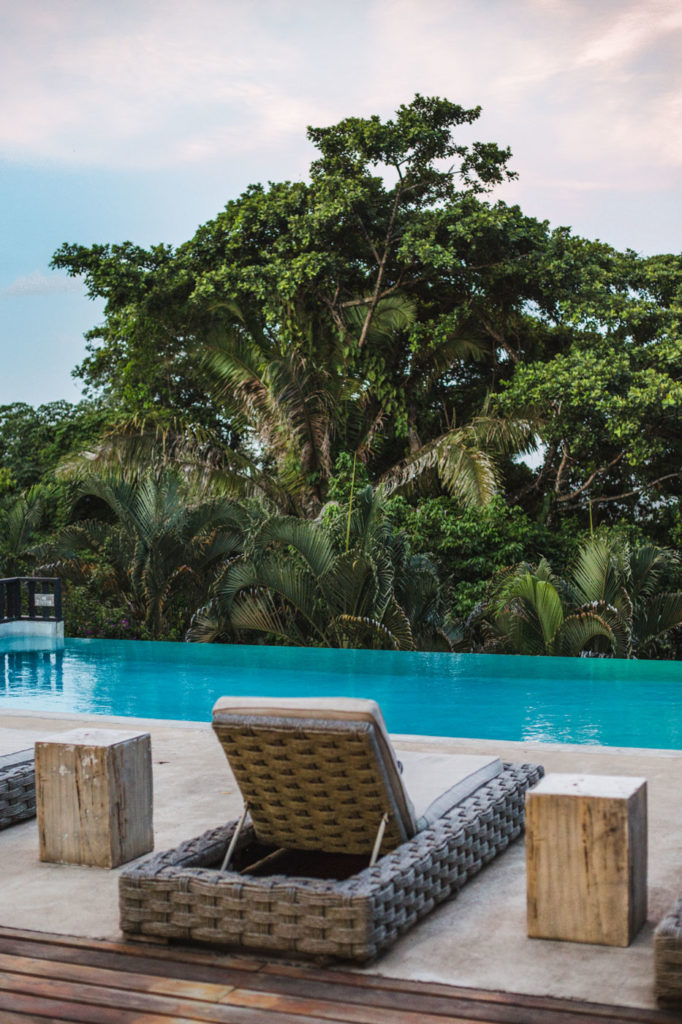
“The general rule is twelve to twenty-four hours from when you cut the cane to when you crush it,” says Copal Tree Distillery President, Ed Tiedge. “We actually use it within two hours. After twenty-four hours, the cane basically starts to rot and it really degrades the quality of the juice.”
Down the hill from Copal Tree Lodge and its remaining guest rooms, restaurant, bar, spa, and two pools, sits the Copal Tree Distillery. Together, both properties are surrounded by over twenty-two thousand acres of preserved rainforest within Punta Gorda’s Maya Mountains.
There are corn and rye whiskeys aging at the distillery and a gin recipe getting its final tweaks, but Copalli rum is what I’m here for. Unlike other Caribbean distilleries, at Copal Tree there isn’t a drum of molasses in sight. Instead, its rum is produced entirely from freshly-pressed sugarcane grown on the property. Behind me is the proof: a small mountain of wood chips made from the leftover cane stalks. They’ll be burned later to heat the stills—plural.
“I think we’re doing a lot of different things,” Tiedge explains. “We’re not creating anything new, but we’re putting things together that are already there, differently.”
He’s right. Distilling sugar is not new. After all, sugar is the prerequisite for distillation to take place. Rum itself could be considered as old as gold. It fueled Prohibition, a nasty slave trade, and surely, many spring break regrets. So what makes Copal Tree’s rum different?
To begin with, there’s an altruistic nature to both the lodge and the distillery that can’t be glossed over.
Copal Tree Lodge provides over one hundred clean and safe jobs for local residents; it’s the largest employer in southern Belize. One employee explains, “You can tell who the Copal Tree employees are come Christmas time. They are the ones with Christmas lights.”
It exemplifies a kind of humble symbiosis. This isn’t the all-inclusive, homogenized tourism that could be a caricature of beach resorts eight hundred kilometers to its north. The way this lodge operates feels more like an homage to the land and what sustains it. From jaguars to hummingbirds to its three thousand-acre sustainable farm growing vegetables, cacao, banana, mango, dragonfruit, ginger, cinnamon and turmeric, Copal Tree acknowledges the Belizean jungle as Mother; life is supported within her folds.
Rum feels naturally akin to this. “You always want to work with the best ingredients possible,” Tiedge says. “We view ourselves more as winemakers … the guys do a great job growing the [sugarcane]; we’re trying to do nothing to mess it up. We want that flavor to come through.”
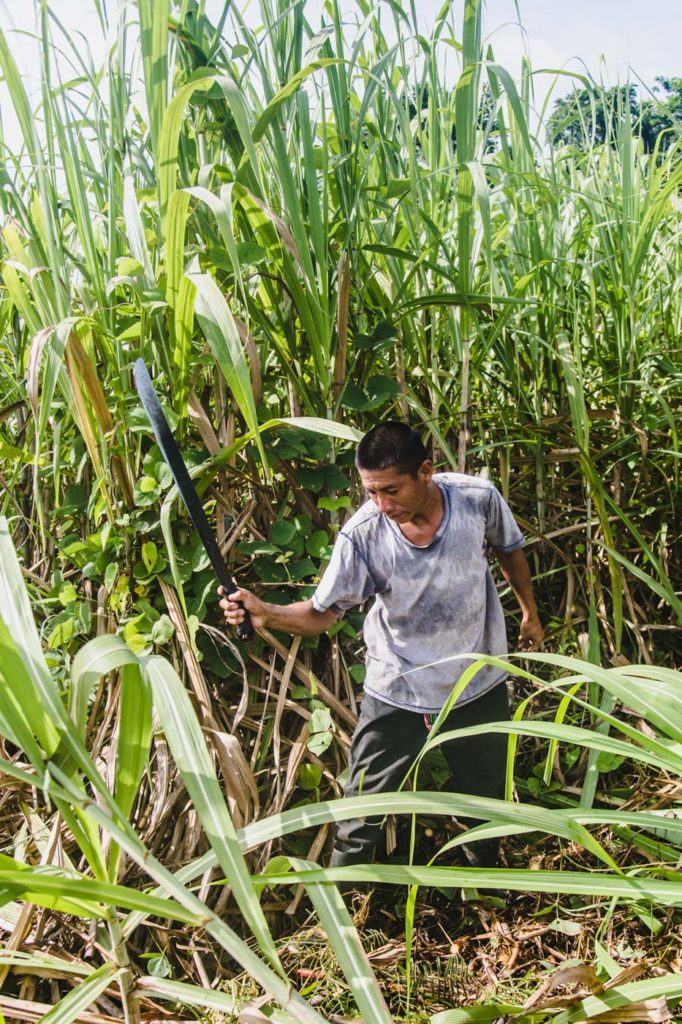

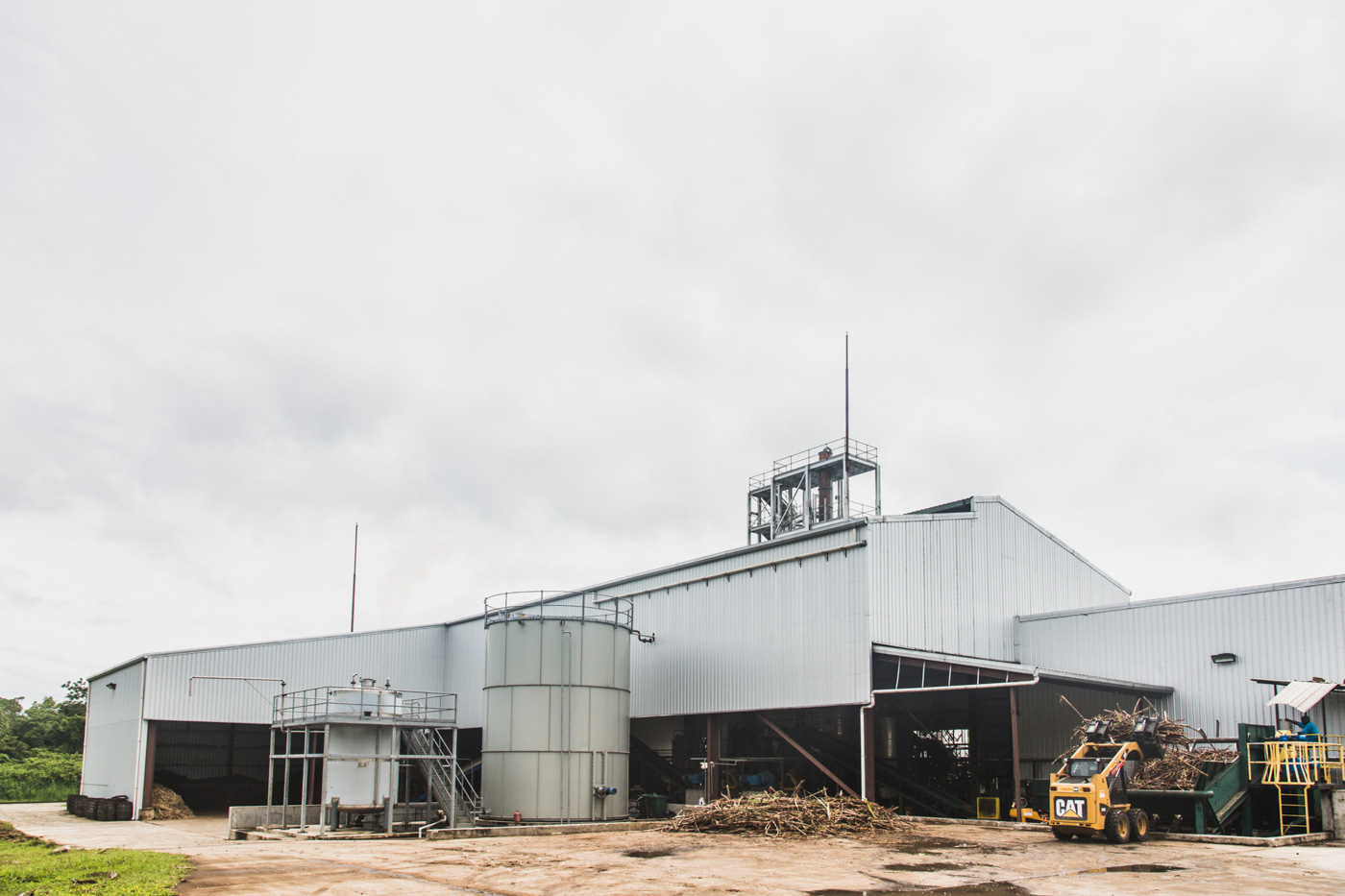
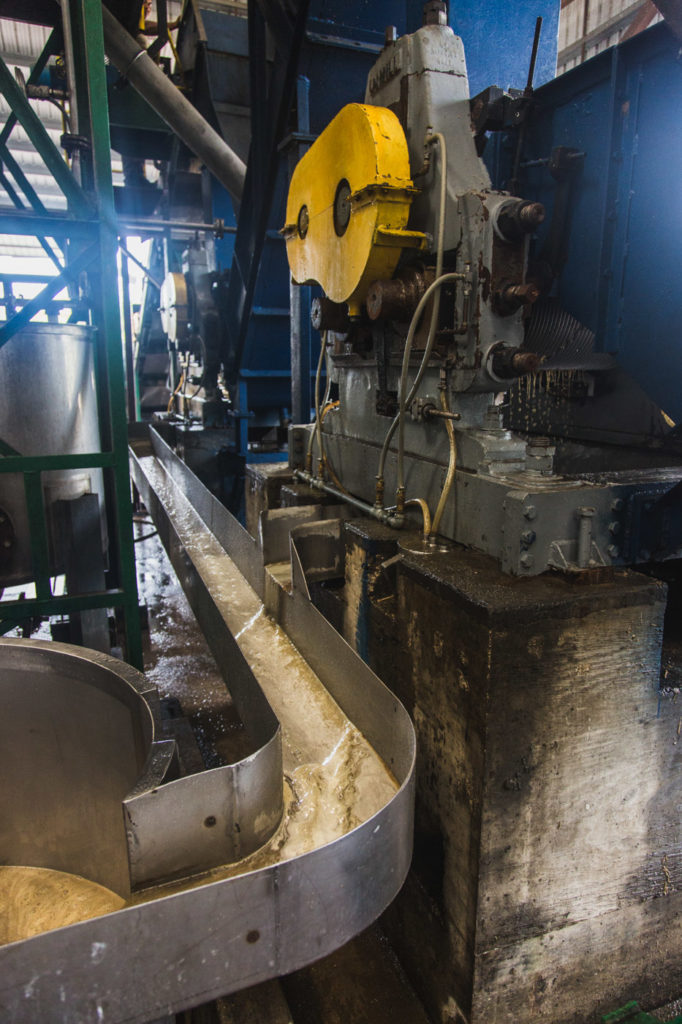
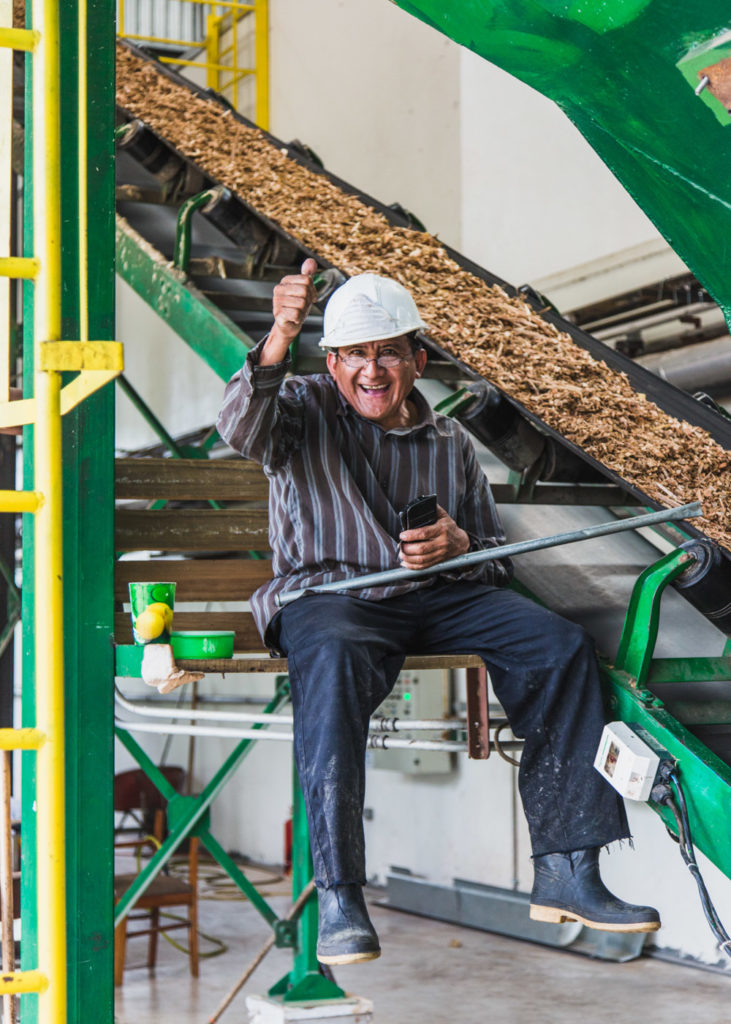
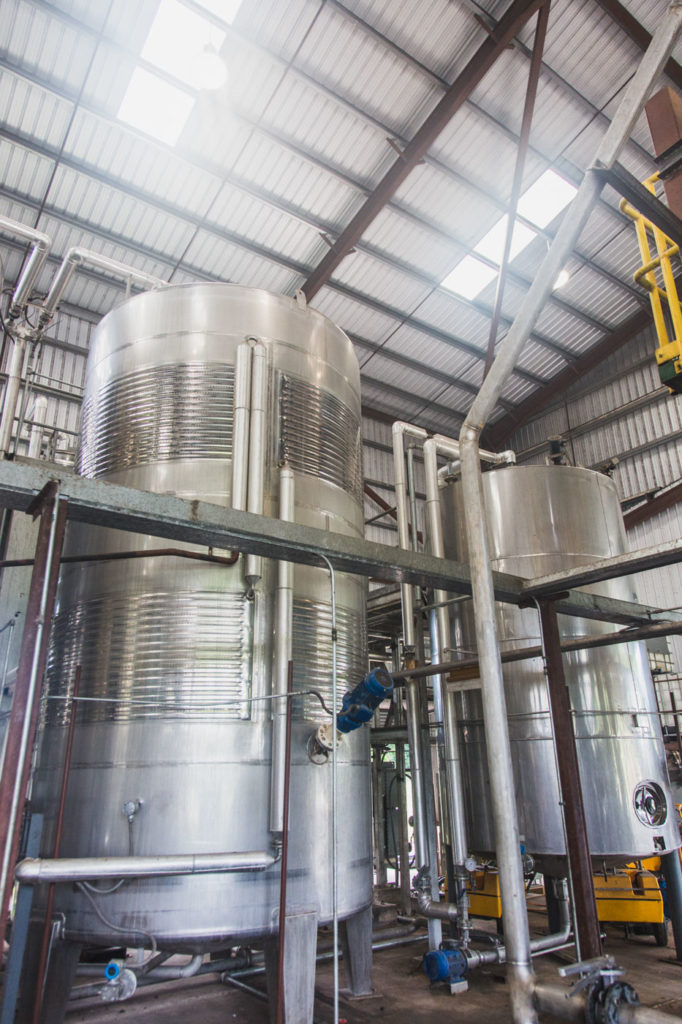
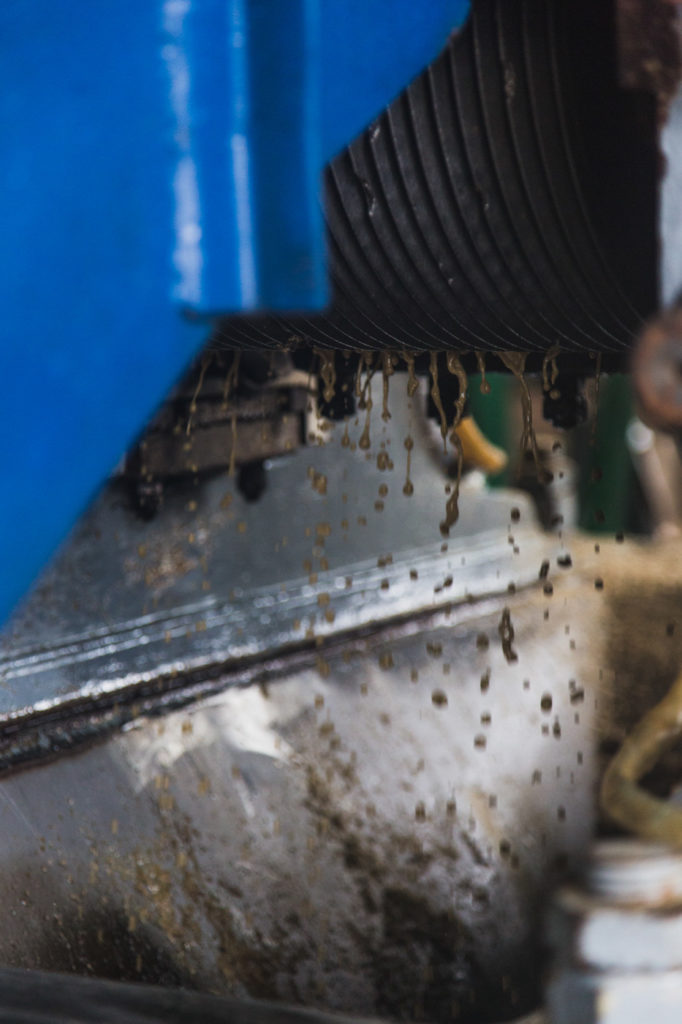
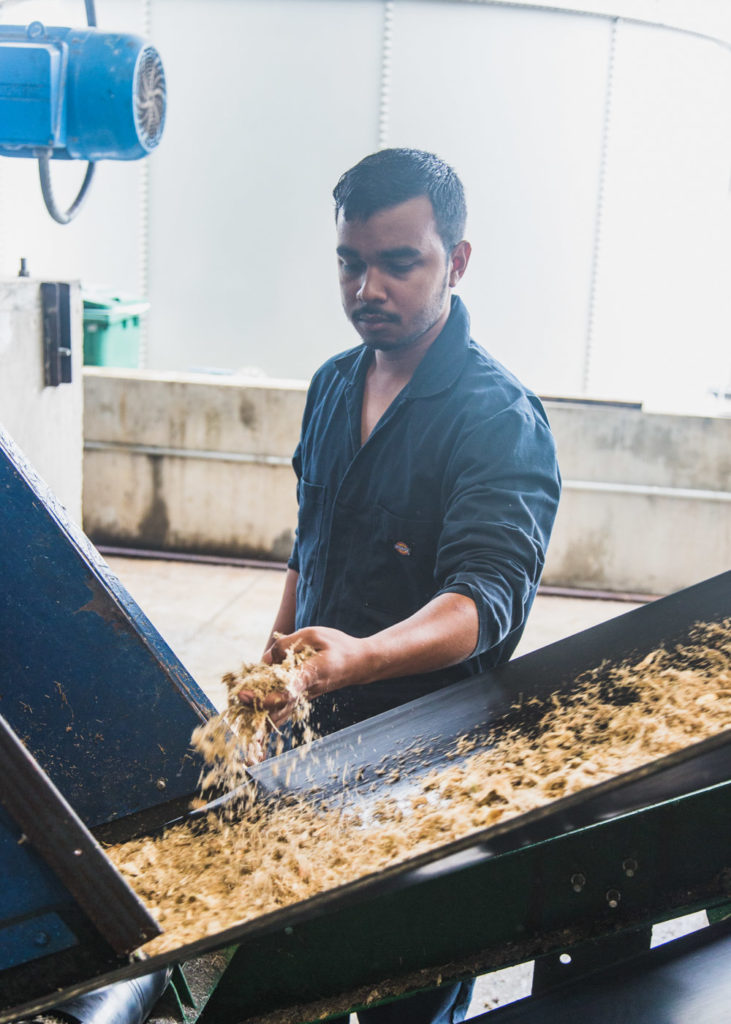
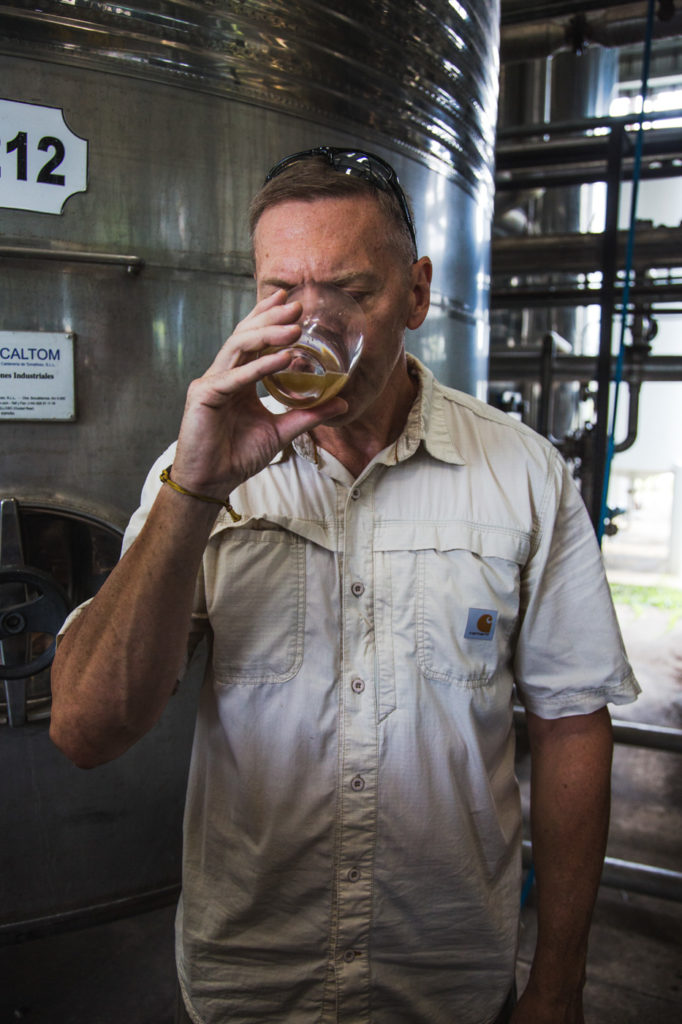
Tasting raw sugarcane for the first time (fittingly as a garnish in a cocktail one evening), I was expecting something with the intensity of a salt lick, only sweet. I was wrong. What looks like the blonde version of a rhubarb stalk actually tastes more like a mix of watermelon and celery; it’s mild but intriguing enough you want to keep gnawing on it.
It’s this grassy, slightly herbaceous allure of sugarcane that follows through to the glass. In both the white rum and the barrel-rested rum, Copalli has a cleanness to it that could only be described as fresh.
“You crush the cane and it’s like pomace, but with stalks,” Tiedge says, revealing more of his winemaker mentality, which makes sense given that he got his start in a cognac distillery.
“Then you separate the juice out and ferment the juice. After we collect the eight-percent cane wine, that’s really where rum is made,” he goes on. “Technically, rum is made at the distillation point, but everything that that rum could possibly be is already there [in that cane juice]. Our job now is to extract the alcohol from it.”
He uses this phrase a lot: “It’s our job.” As if in deference to the sugarcane itself, Tiedge repeatedly frames the work of the distillery as a secondary character in the story of its ingredients. It’s an uncovering of flavor instead of forcing it to be. All hands, machinery, even the science behind the stills, lend a respect to this process. It’s a feedback loop between nature and drinker.
“What we put into the distillery goes back to the land,” Tiedge points out. “We don’t add any water to the cane juice, but when you distill it you extract the alcohol and you leave a lot of water behind. So we go through a treatment process and do two things with it.”
The first is to use the remaining water for liquid fertilizer on Copal Tree’s farm. The distillery collects any nutrients left over from distillation to use in spreading back on the fields. Second, the rest of the water goes into holding ponds that filter out organic substances and good bacteria into the surrounding wetlands.
“Everything goes back,” he emphasizes. “Whether we use gas or spent cane for burning [as our heat source], we try to use everything.”
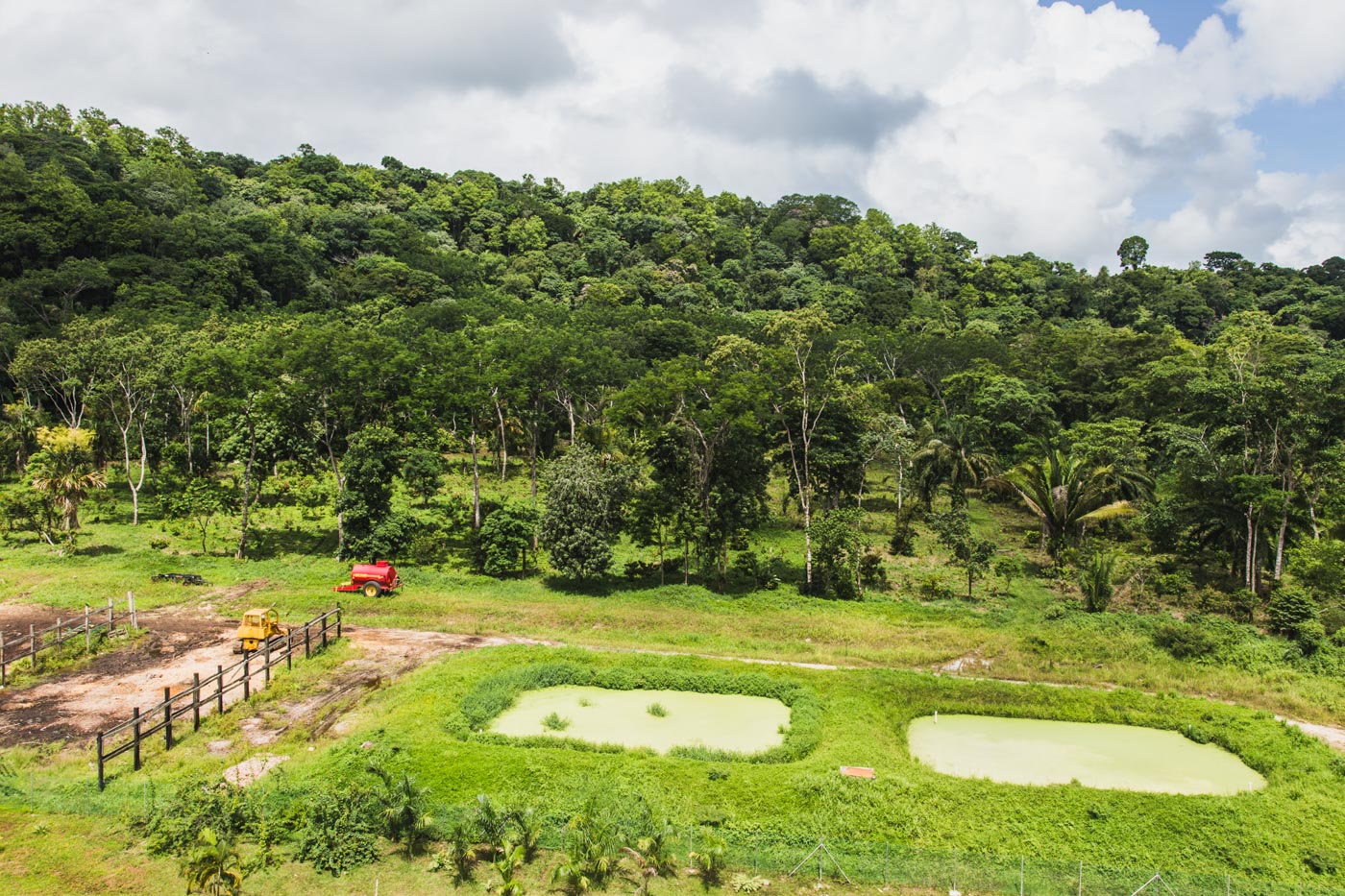
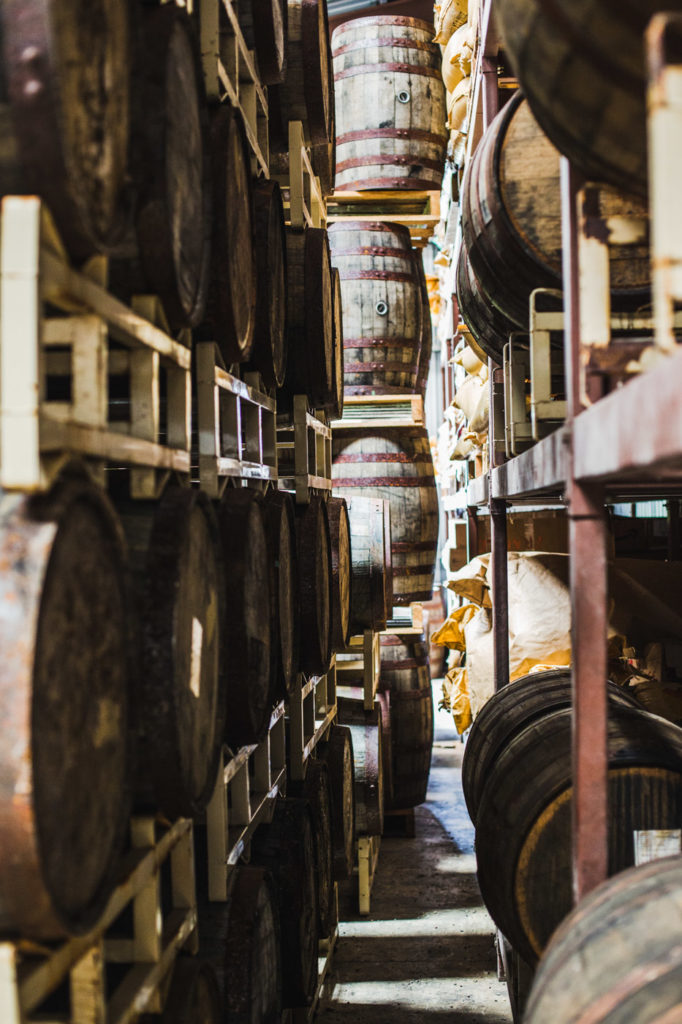
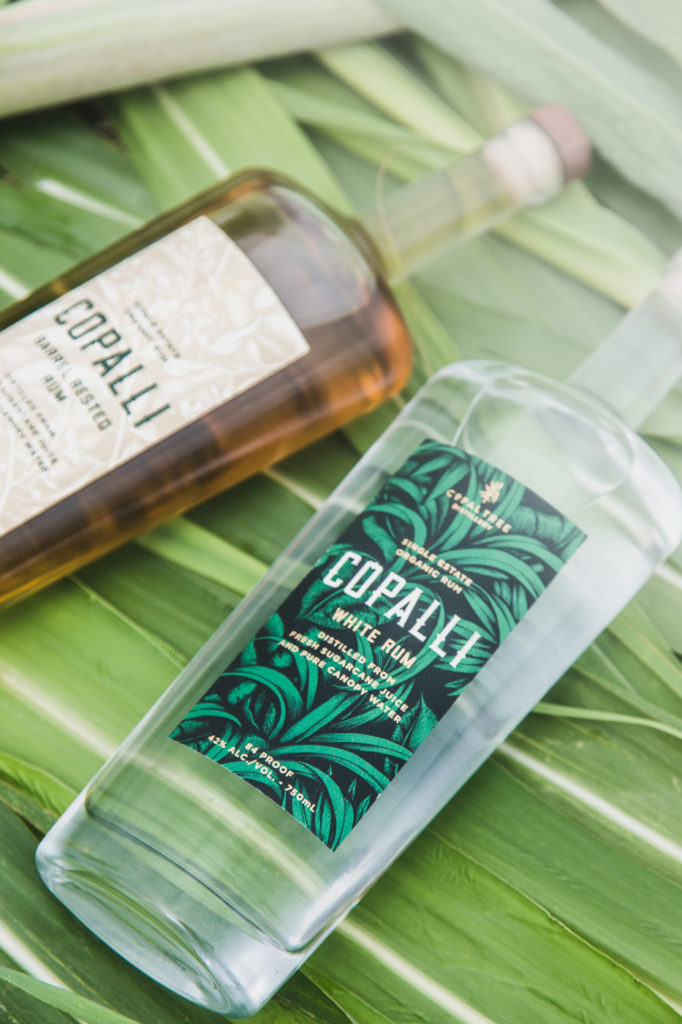

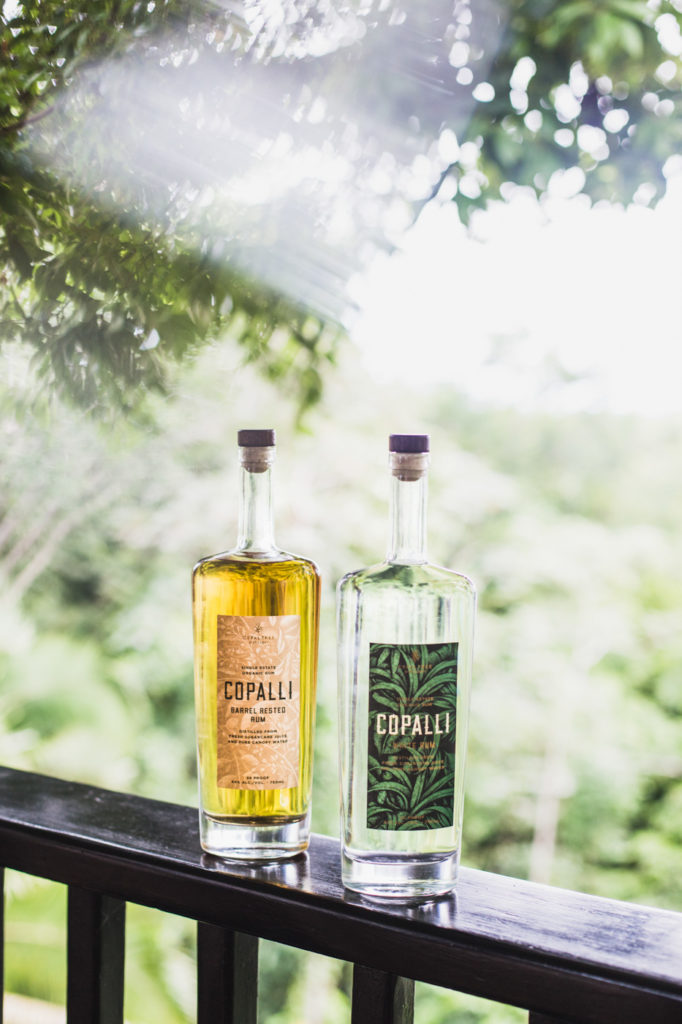
Tiedge is explaining all of this while atop the highest point of the distillery, next to the seventy-two-foot column still. It’s yet another distinguishing feature of Copal Tree—the fact that they’re not strictly using pot stills, a characteristic of most Martinique rums; nor are they using only column, which you’ll find with Puerto Rican styles. Copal Tree has three stills, one column, and two pot.
The column stills, Tiedge says, “leave a lot of flavor on the table.” Only seventy-five percent of the white rum is pulled from the column to get a clean, concentrated proof. The remaining twenty-five percent comes from the pot stills, blended together before the final product rests in stainless steel for four months.
“What you really want to do by resting it is let it settle down, take some of the edge off,” he continues once we’re back downstairs and have gathered in the tasting room. “We also add water during that time. As important, is the rate at which you add water [to your final proof]. You want to do it very slowly otherwise it’ll get this soap quality to it, things precipitate out, and it won’t look or taste very good.”
“Rainwater,” he surprises me by saying, “is what we use to dilute this.” He notes the hardness of the local well water. “Rainwater is naturally softer and gentler on the spirit.”
As I nurse my glass of eighty-four-proof white rum, envisioning a world where I tip back my umbrella, stick out my tongue, and snack on a lime wedge, Tiedge moves on to Copal Tree’s barrel-rested variation.
What I taste is a batch of its first release, about ten months old. It’s entirely pot still, so no percentage of column spirit here, and it’s also incredibly smooth. Tiedge explains he prefers aging with Jack Daniel’s barrels because they filter their spirit before barreling, which removes a lot of the tannins that could otherwise make Copalli rum taste harsh. The result is complex, but a rum that doesn’t taste like whiskey. The sugarcane, again, comes through.
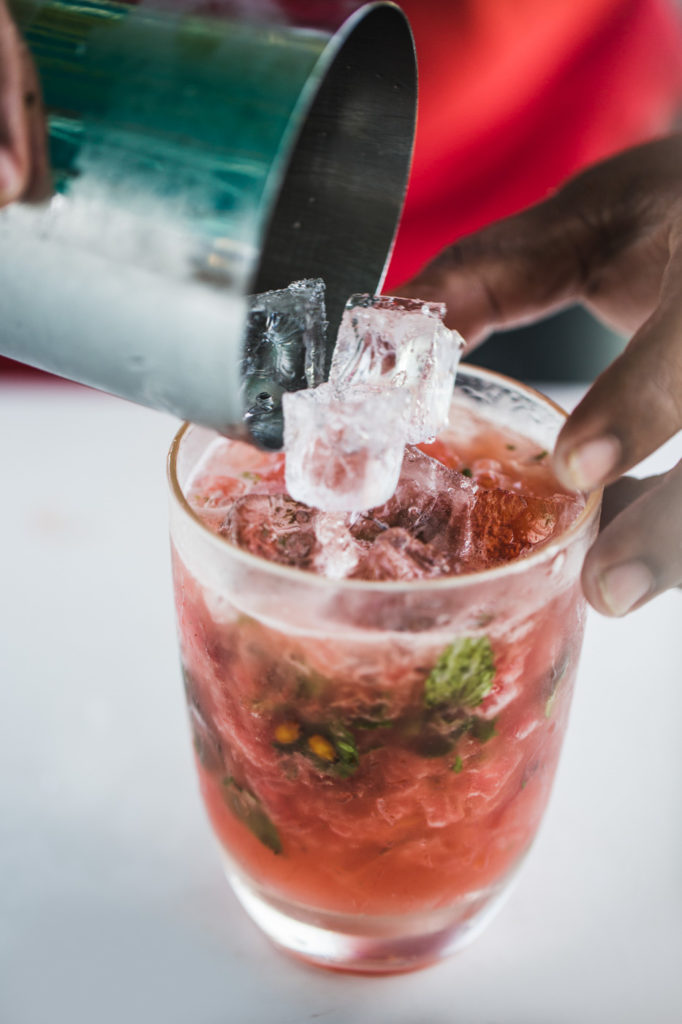
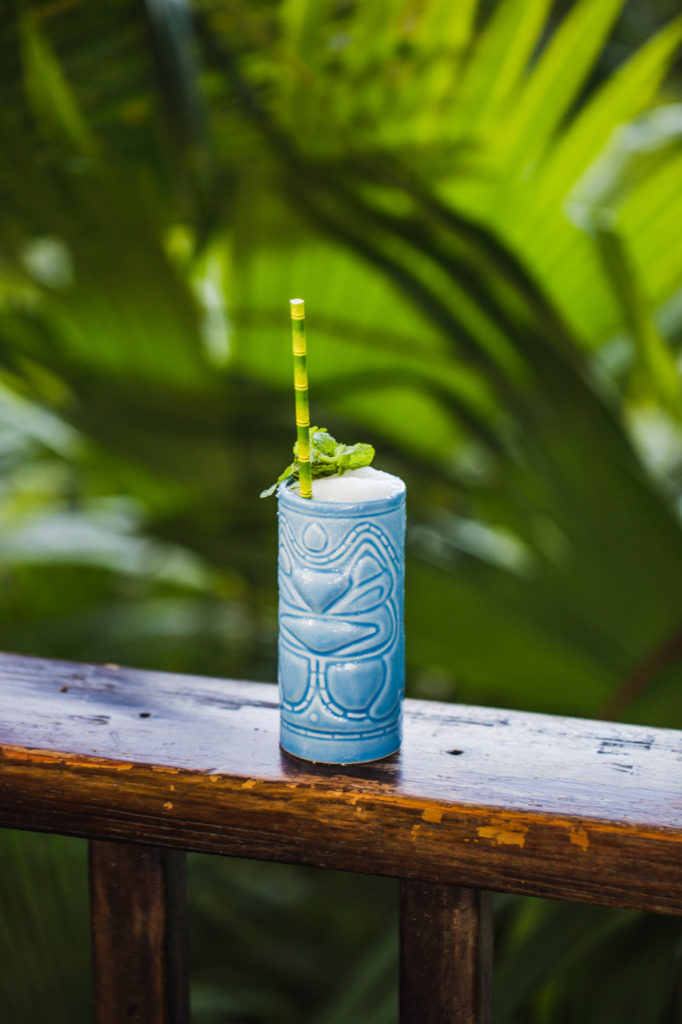
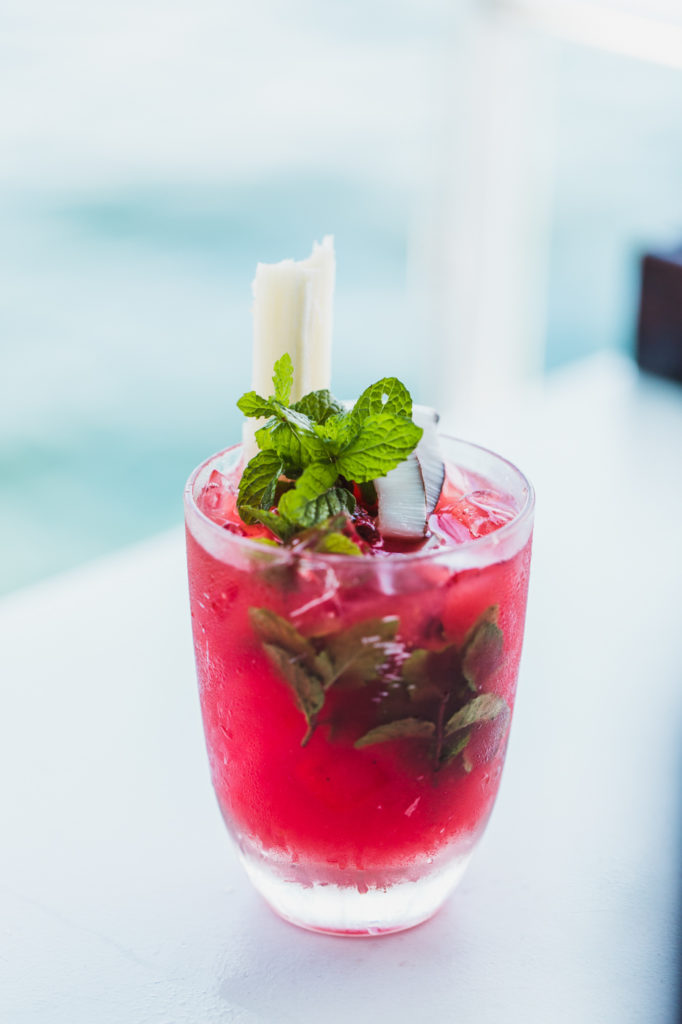
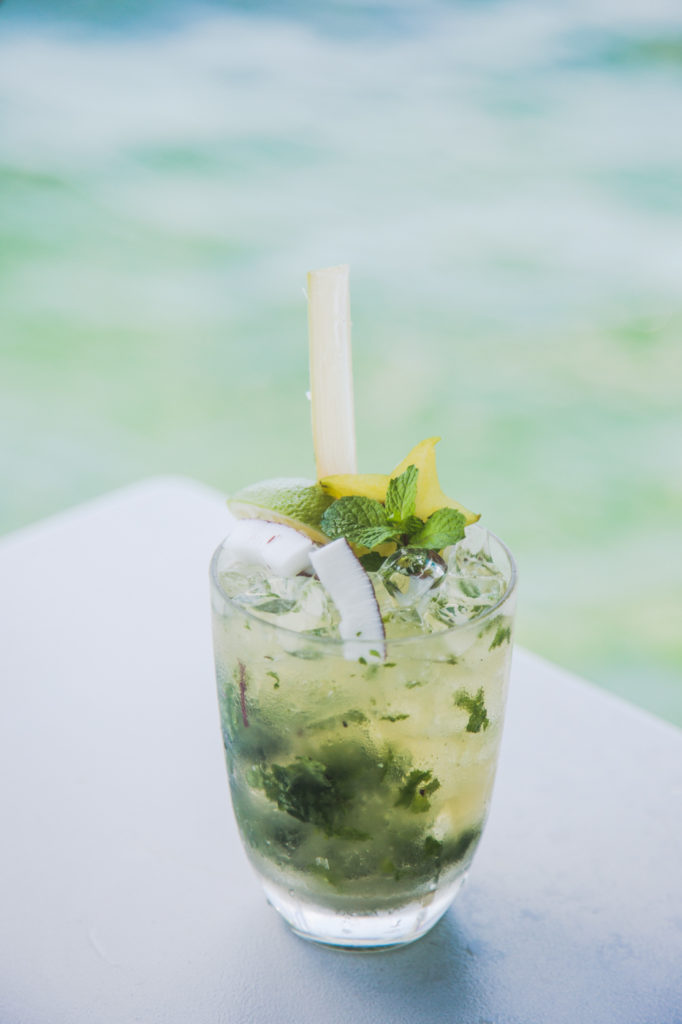
Here is where the think the feedback loop could ends from sugarcane harvesting to nutrient recycling, with the clink of happy glasses around a table. But it doesn’t, not yet.
There’s a tangent with how Copal Tree pays homage to the land, and that includes paying it forward through education. In Belize, free public education is only provided until the eighth grade, and priority is given to boys to continue to high school.
Starting in 2019, a portion of the profits from Copal Tree Distillery will be used to fund high school educational grants where girls are the priority recipients. For an operation that only began assembly in January of 2016, it has quickly created a product that by all accounts is delicious, but perhaps more importantly, models turning a consumable product into something that lasts in a bigger way.





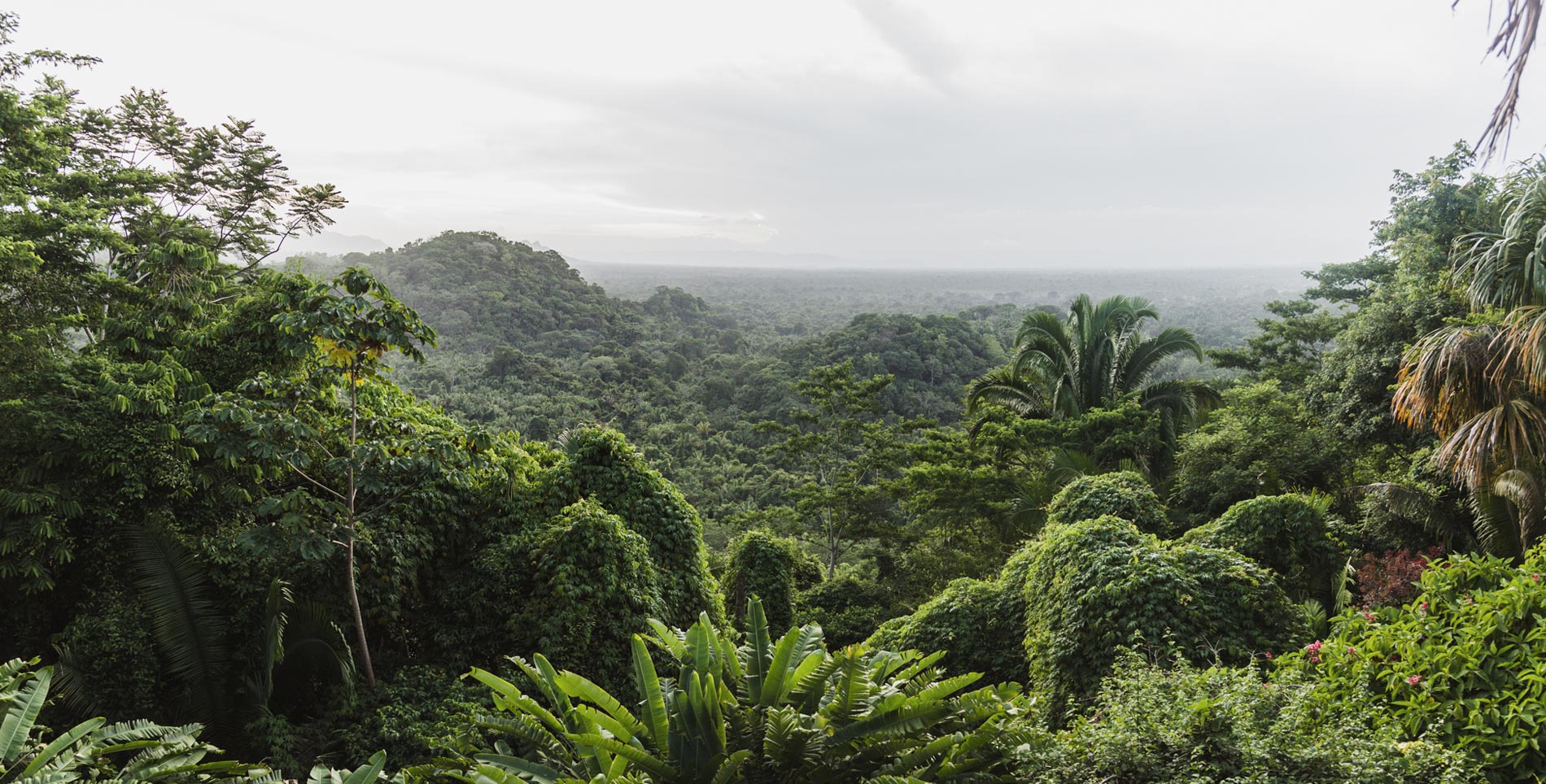

Our comments section is for members only.
Join today to gain exclusive access.